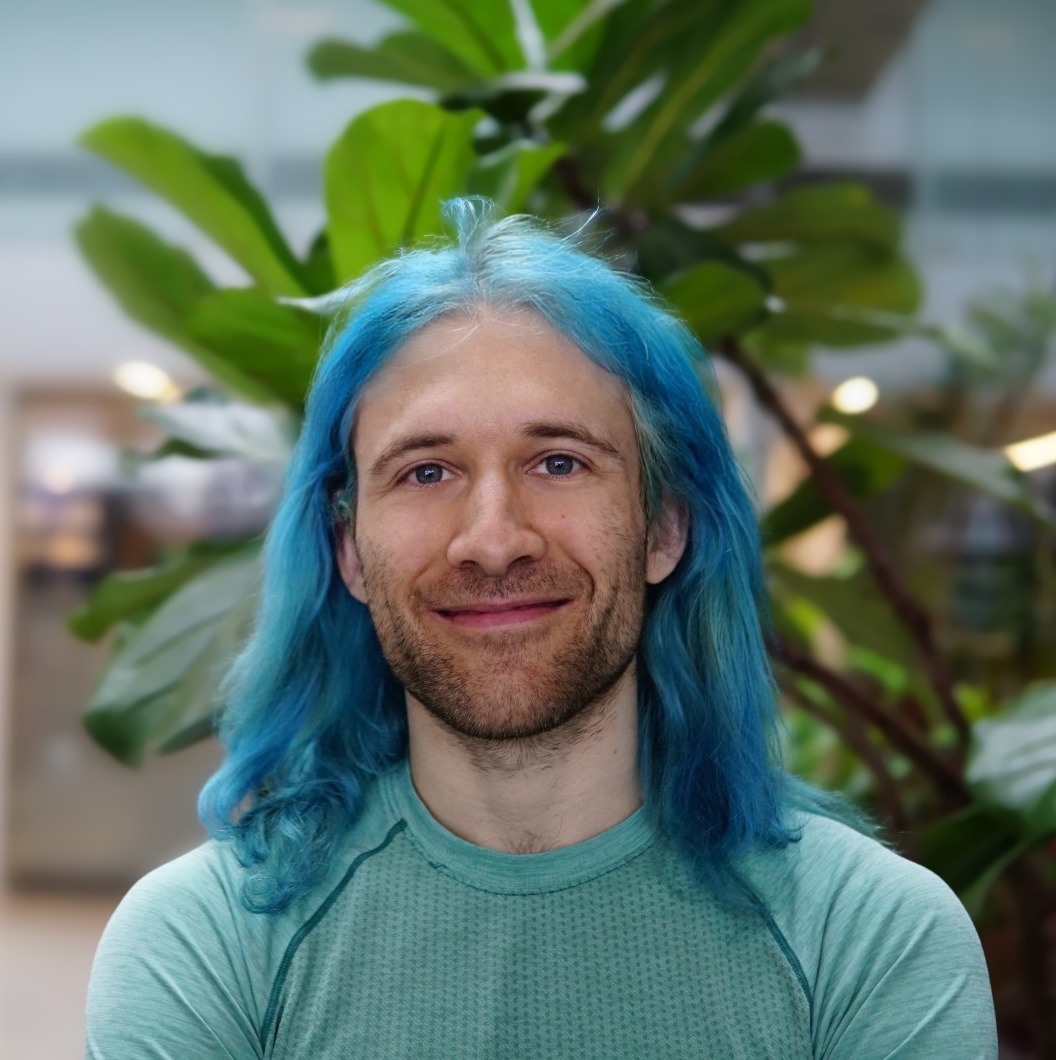Why interference phenomena do not capture the essence of quantum theory

Abstract: Quantum interference phenomena are widely viewed as posing a challenge to the classical worldview. Feynman even went so far as to proclaim that they are the only mystery and the basic peculiarity of quantum mechanics. Many have also argued that basic interference phenomena force us to accept a number of radical interpretational conclusions, including: that a photon is neither a particle nor a wave but rather a Jekyll-and-Hyde sort of entity that toggles between the two possibilities, that reality is observer-dependent, and that systems either do not have properties prior to measurements or else have properties that are subject to nonlocal or backwards-in-time causal influences. In this work, we show that such conclusions are not, in fact, forced on us by basic interference phenomena. We do so by describing an alternative to quantum theory, a statistical theory of a classical discrete field (the ‘toy field theory’) that reproduces the relevant phenomenology of quantum interference while rejecting these radical interpretational claims. It also reproduces a number of related interference experiments that are thought to support these interpretational claims, such as the Elitzur-Vaidman bomb tester, Wheeler’s delayed-choice experiment, and the quantum eraser experiment. The systems in the toy field theory are field modes, each of which possesses, at all times, both a particle-like property (a discrete occupation number) and a wave-like property (a discrete phase). Although these two properties are jointly possessed, the theory stipulates that they cannot be jointly known. The phenomenology that is generally cited in favour of nonlocal or backwards-in-time causal influences ends up being explained in terms of inferences about distant or past systems, and all that is observer-dependent is the observer’s knowledge of reality, not reality itself.
Date and Time
Location
Hosts
Registration
-
 Add Event to Calendar
Add Event to Calendar
- Contact Event Hosts
-
Contact: nicolas.quesada@polymtl.ca
- Co-sponsored by Prof. Nicolas Quesada
Speakers
David Schmid of Perimeter Institute for Theoretical physics
Topic:
Why interference phenomena do not capture the essence of quantum theory

Abstract:
Quantum interference phenomena are widely viewed as posing a challenge to the classical worldview. Feynman even went so far as to proclaim that they are the only mystery and the basic peculiarity of quantum mechanics. Many have also argued that basic interference phenomena force us to accept a number of radical interpretational conclusions, including: that a photon is neither a particle nor a wave but rather a Jekyll-and-Hyde sort of entity that toggles between the two possibilities, that reality is observer-dependent, and that systems either do not have properties prior to measurements or else have properties that are subject to nonlocal or backwards-in-time causal influences. In this work, we show that such conclusions are not, in fact, forced on us by basic interference phenomena. We do so by describing an alternative to quantum theory, a statistical theory of a classical discrete field (the ‘toy field theory’) that reproduces the relevant phenomenology of quantum interference while rejecting these radical interpretational claims. It also reproduces a number of related interference experiments that are thought to support these interpretational claims, such as the Elitzur-Vaidman bomb tester, Wheeler’s delayed-choice experiment, and the quantum eraser experiment. The systems in the toy field theory are field modes, each of which possesses, at all times, both a particle-like property (a discrete occupation number) and a wave-like property (a discrete phase). Although these two properties are jointly possessed, the theory stipulates that they cannot be jointly known. The phenomenology that is generally cited in favour of nonlocal or backwards-in-time causal influences ends up being explained in terms of inferences about distant or past systems, and all that is observer-dependent is the observer’s knowledge of reality, not reality itself.
Biography:
Bio: David Schmid is a postdoctoral fellow at the Perimeter Institute for Theoretical physics. He is a leading researcher in quantum foundations, with a particular focus on forms of nonclassicality such as contextuality and nonlocality. He is also an expert on resource theories, ontological models, and experimental metaphysics.

